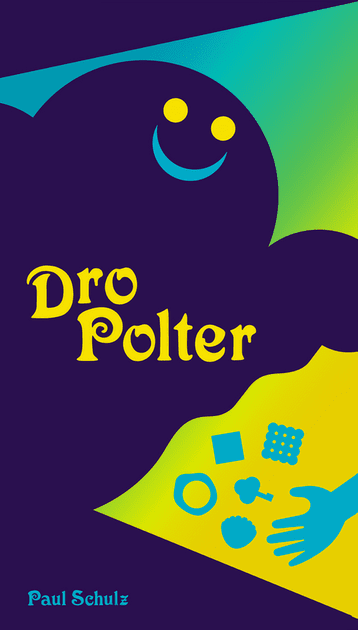SMOOSH JUICE
Paul Schulz on DroPolter and Letting Go (of Your First Ideas) | BoardGameGeek News

Editor’s note: Here’s a history of Oink Games’ late 2023 release DroPolter, told in the form of a Q&A session. —WEM
The Making of DroPolter
Q: What inspired the creation of DroPolter?
Paul Schulz: I never set out to design a dexterity-based game. I wanted to make something creative, and my initial inspiration came from ancient divination practices. Many cultures in history used objects like bones, sticks, or stones to predict the future based on how they landed. My first idea was to create a game in which players would debate what they saw in these patterns.
I experimented by throwing various game components on the ground to see whether any meaningful interpretations emerged. Unfortunately, I found nothing particularly exciting.
Then I tried a different approach: holding objects in my hand and intentionally dropping only certain ones. That’s when I realized how difficult it was to drop only specific items without accidentally dropping others. That difficulty — overcoming a challenge — felt inherently fun, and I knew I had the foundation for a game.
Q: What is the premise of the game?
Paul:In DroPolter, players must retrieve specific items from a pile of objects in their hand — without accidentally dropping the wrong ones! With eerie ghostly sounds filling the air, you need quick thinking and steady hands to succeed.
From Concept to Game Mechanisms
Q: How did you refine the game design?
Paul: Once I discovered how tricky it was to control what I dropped, I realized the game needed to focus on speed and dexterity. I designed a deck of task cards that would tell players which items to drop. Initially, these cards contained riddles, like “Drop something blue and round”, but I quickly learned that players didn’t enjoy puzzling over what to drop. The real fun came from knowing what to do but struggling to execute it properly.
I simplified the game by making cards display exact images of the items to be dropped. At first, I required players to feel for objects without looking them, but it turned out to be far more fun when everything was visible, when players knew exactly what they needed to drop but struggled to make their fingers co-operate.
Oink Games’ Involvement
Q: How did DroPolter become an Oink Games title?
Paul: I had always admired Oink Games, visiting their booth at SPIEL every year. When I first contacted them, I sent a short video demonstrating my game. Later, I introduced myself at their booth, hoping to schedule a meeting for a future event. Fortunately, owner Jun Sasaki and the team had time to see my game on the spot! That meeting was the beginning of DroPolter.
Q: What changes did Oink Games make?
Paul: Oink Games helped refine the game in several ways:
• Switched from generic plastic gems to bells, which added an audible cue when players drop them.
• Introduced the ghost token as a way to determine the fastest player.
• Adjusted difficulty levels to ensure the game was balanced for all ages.
Designing the Physical Components
Q: How did you decide on the final game components?
Rie Komatsuzaki: We wanted each item to have a distinct texture and shape to make them easier to differentiate by touch. Initially, we considered using natural materials like shells or crystals, but they were fragile. We also tested flexible rubber and soft resin, but those materials had durability concerns. Eventually, we settled on a mix of acrylic and wood for durability and cost-effectiveness.
The bells were an unexpected but brilliant addition. They made every mistake audible, adding tension to the game. When players pick up their hand of items, they hear the bells jingling, which creates both excitement and pressure.
Q: What was the biggest challenge?
Rie: Choosing the right materials. We tested various combinations to ensure the game was both fun and practical. The hardest part was selecting small objects that were tricky to manipulate but still fair for all players. We wanted a variety of textures and sizes to make the game more engaging.
Theme and Aesthetic Choices
Q: The game was originally called “Drop It Like It’s Hooot”. Why change the title?
Paul: My prototype had a playful “hot item” theme, with players needing to drop objects before they got “burned”. Oink Games suggested a ghost theme instead, which fit better with the fun, spooky feel of the game. This change also gave us a stronger visual identity — something more memorable than just “hot objects”.
Q: How did the ghost token come about?
Jun: The ghost token wasn’t part of the original design. We added it to make the game more visually striking and to solve a gameplay issue. In early versions, players had to call out when they successfully dropped the right items, which led to disputes about who was first. The ghost token fixed that: whoever grabs it first wins the round.
The ghost also serves as a central visual element, making the game look more appealing on the table.
Final Thoughts
Q: What do you hope players experience with DroPolter?
Paul: I hope players embrace the chaos! Your fingers won’t always listen to your brain, and that’s where the fun is. No matter how many times I play, I still mess up — and that’s what makes the game hilarious.
Q: Any future plans?
Paul: I’d love to create expansions, maybe adding new object shapes, glow-in-the-dark components, or even a Halloween-themed edition!

/pic8803328.png)
/pic8403644.jpg)
/pic8063744.jpg)
/pic7836566.png)